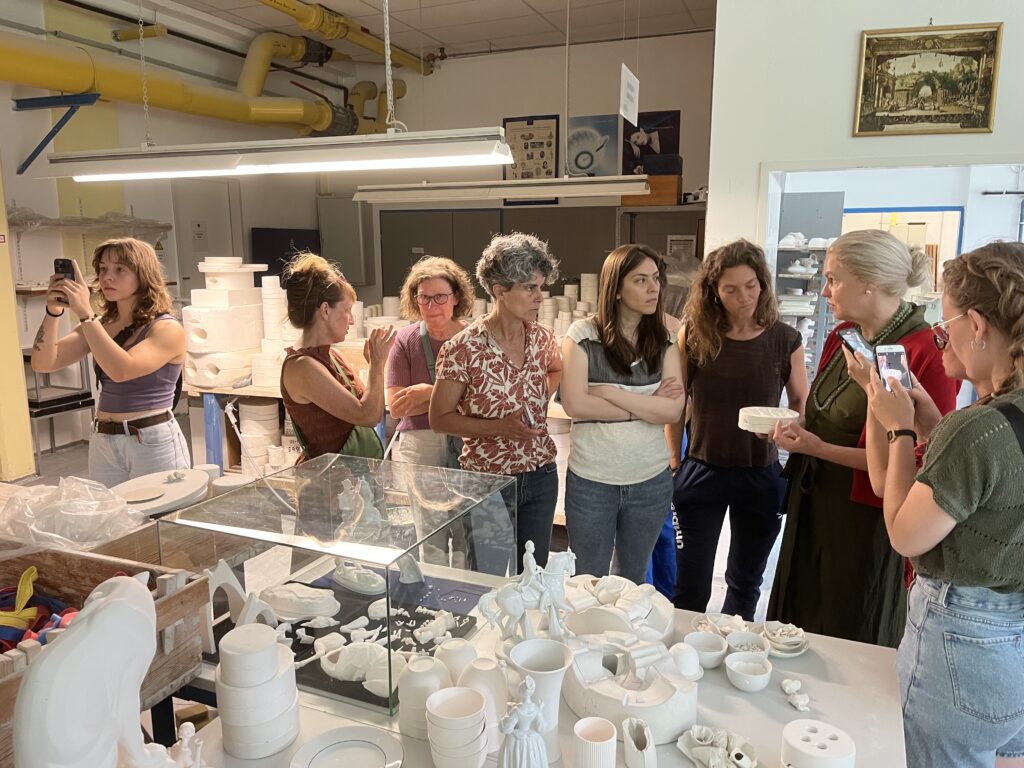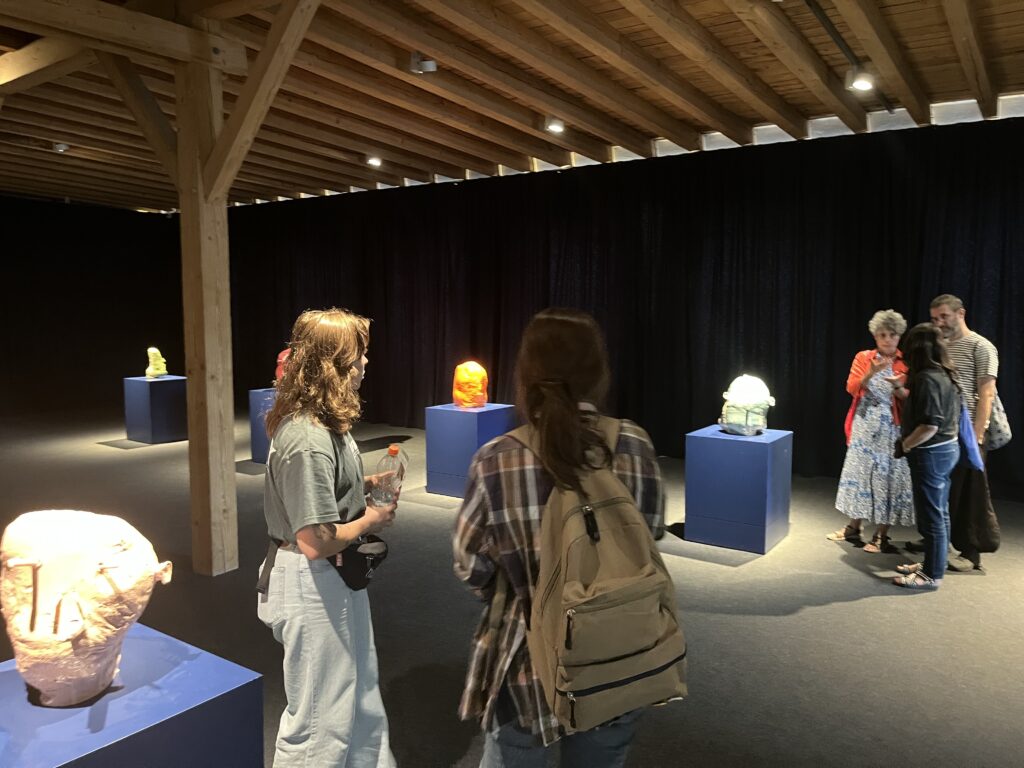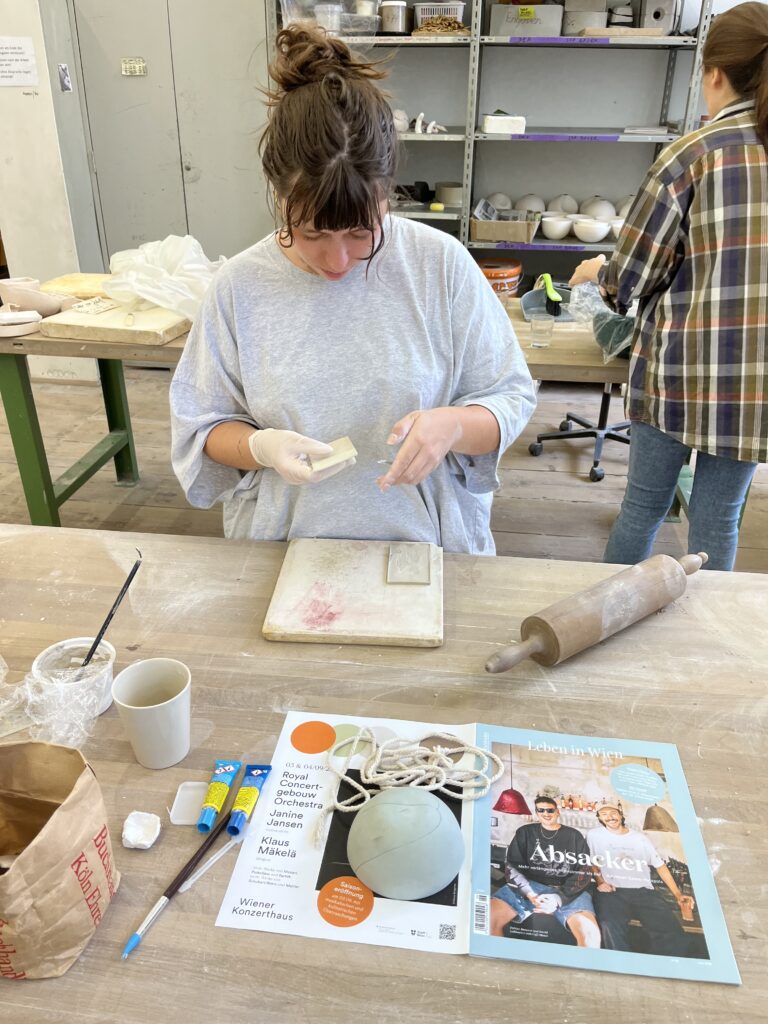„In Dialogue with the Shards”
The second workshop of the Broken Collection project transformed Loosdorf Castle and its fragmented collection into a research laboratory for participating artists and experts. The group spent the week distilling traces, recounting narratives, and re-defining the pieces of the famous shard room, which served as the foundation for building toward the project’s final exhibition scheduled for 2026.
Creative Process and Themes
The artists continued their creative process by developing works that understand destruction and reconstruction as being in dialogue with each other. Their proposed works for the exhibition depart from an engagement with breaking and restoring, mending, healing, and responding to cracks, missing fragments, and untold stories, and how to create a relation to issues of today.
Artistic Approach and Research Framework
The project operates within an artistic research framework where process and background constitute important aspects of the work: what is visible or hidden, when can authorship be assigned, the sharing and publishing of implicit knowledge are some of the underlying considerations.
The proposed works ask questions about the performativity of a room full of shards, the act and ethics of repairing, and how narratives can change and grow, as we continue to work with them. The commissioned pieces are designed to create a dialogue between historical facts and fragments and contemporary artistic interpretations. The exhibition becomes a double reflection of the enigmatic shard room: The art pieces as a contemporary comment and a mirror to the restoration work being done on several fragmented objects from the collection itself.
During the week, we had a range of inspirational visits that also contextualize the broken collaction at Loosdorf in the “Austrian landscape” of porcelain and ceramic of the last centuries: Schloss Schönbrunn (with Birgit Schmidt-Messner), Augarten Museum and Manufacture (with Claudia Lehner-Jobst) and the Weltmuseum, East Asia Department (Bettina Zorn).



